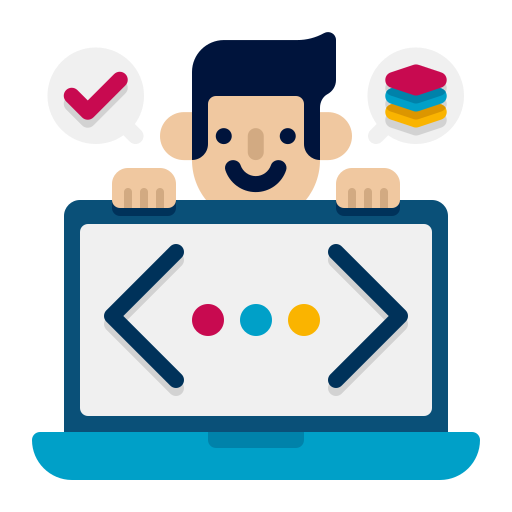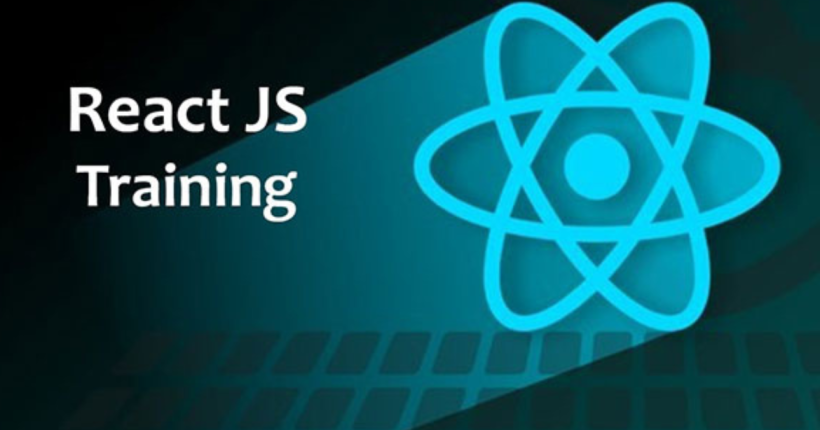

Your portfolio is one of the most important tools for landing a job as a web developer. It’s your opportunity to showcase your skills, creativity, and problem-solving abilities. Start by building a personal website that serves as your online resume. Make sure it reflects your style, showcases your best work, and is easy to navigate.
Include a variety of projects that demonstrate your proficiency in both frontend and backend technologies. Don’t be afraid to include personal projects, as they can show potential employers your passion for coding. Make sure to include clear descriptions of each project, the technologies you used, and any challenges you overcame. Lastly, keep your portfolio updated with new projects and accomplishments to demonstrate your continuous growth as a developer.
Interactive portfolios that include live demos or GitHub links are especially effective. They give employers a hands-on view of your coding skills and how you approach development problems.
If you’re unsure what to build, try cloning popular websites or apps with your twist. These projects are not only impressive but also demonstrate your ability to reverse-engineer and understand existing codebases.
Always include a brief about yourself on the portfolio site—what you do, your strengths, and what you’re passionate about. This adds a personal touch and helps employers connect with you as more than just a skillset.
Finally, make your portfolio mobile-responsive and accessible. These small details reflect attention to quality and user experience, which are highly valued by hiring teams.
Popular posts
Technologies

WordPress & CMS Tools

Frontend Design

Backend Programming

Full Stack Development
You May Also Like
-
Jul 1, 2025
-
Jul 1, 2025
-
Jul 1, 2025
-
Jul 1, 2025









